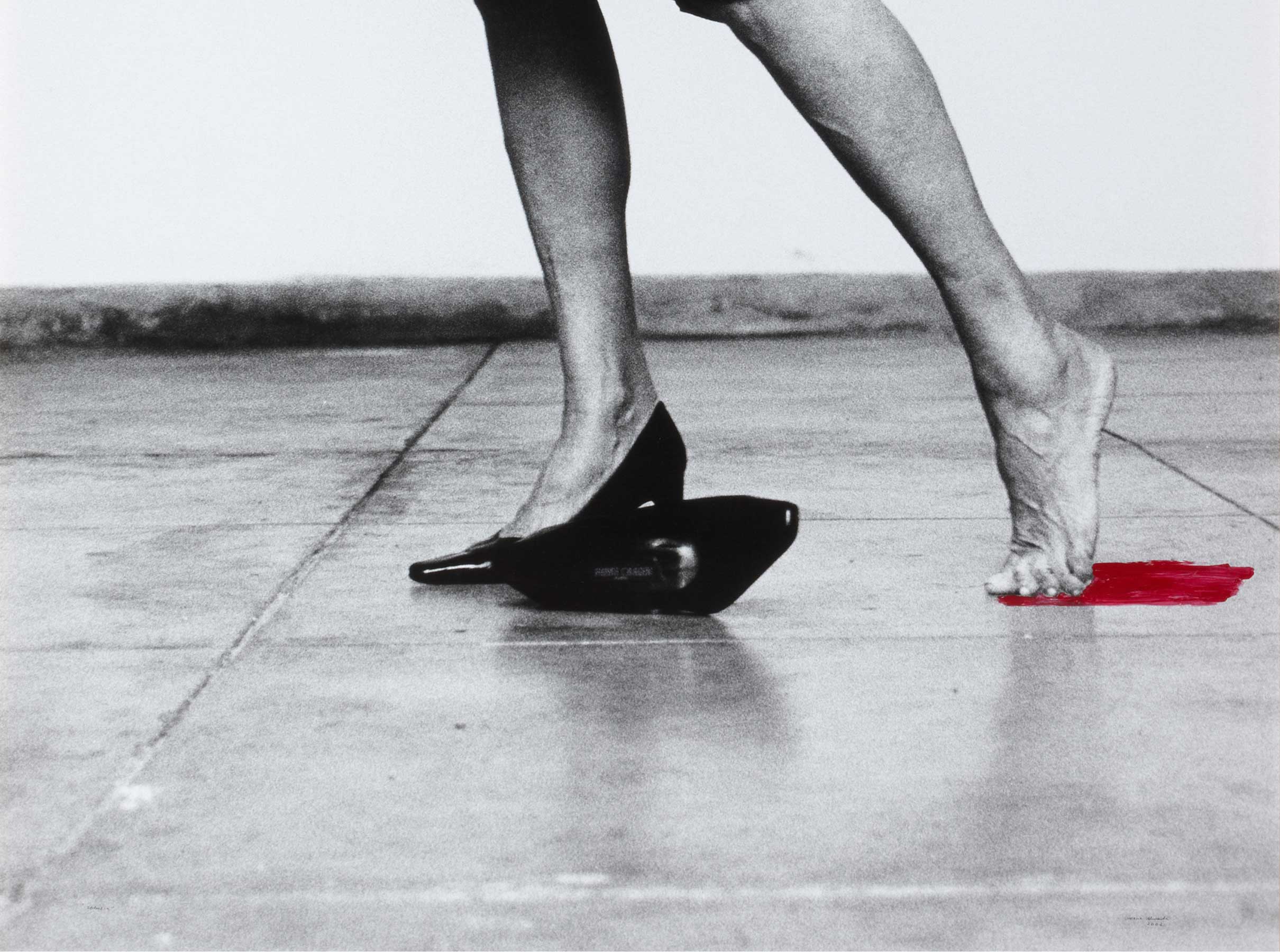Reloj de sobremesa con guarnición [Mantel clock with garniture]
- c. 1840
- Porcelain, bronze, metal, enamel, glass. Moulding, cast, gilded, enamelled
- 56 x 29 x 17 cm
- Cat. R_100
- Acquired in 1977
- Observations: Made in France. On the dial, ‘BOURSIER JNE // ELVE DE LEPAUTE // A PARIS’. Candelabra: 51 x 25 x 15 cm
This mantel clock and the two accompanying vases are made of gilded bronze and imitation-Sèvres porcelain. The four sides of the base and the rectangular body of the case are decorated with porcelain plaques on a blue background, framed by scrolls and plant motifs in gilded bronze. On the front of the main body, in a medallion with a white background and gilded border, two small angels are playing with a dove. On the base, there is another medallion with flowers. On the sides and back are porcelain plaques decorated with bunches of flowers in medallions. Above the main body, the dial and movement are housed in a barrel. Above this there is a vase with a blue porcelain waist adorned with flowers and two gilded bronze handles. In the mouth of the vase there is a bouquet of three lilies. In the corners, in gilded bronze, are flowers, fruits, bunches of grapes, scrolls and openwork braces. The entire piece is made of gilded bronze.
The dial, surrounded by a beaded frame, is in white enamel with the hours in Roman numerals painted in blue and the minutes in black Arabic numerals. It has gilded metal serpentine hands. Two winding holes.
It has an 8-day French pendule de Paris movement. The striking train sounds the hours and half-hours, using a countwheel system. There is a glass door to protect the movement.
Tardy mentions a clockmaker by the name of Boursier who had a workshop on the Rue des Vieux Augustins in Paris from 1840 to 1860. He signed his clock faces ‘Boursier élève de Lepaute’. Jean-André Lepaute was a leading eighteenth century French clockmaker.
This set was acquired from the firm Mirgan, which had a shop at Calle de Claudio Coello, No. 40 in Madrid, on 8 July 1977 for 270,000 pesetas.
Other works by Boursier

![Reloj de sobremesa con guarnición [Mantel clock with garniture]](/f/webca/INF/assets/img/fff.png)